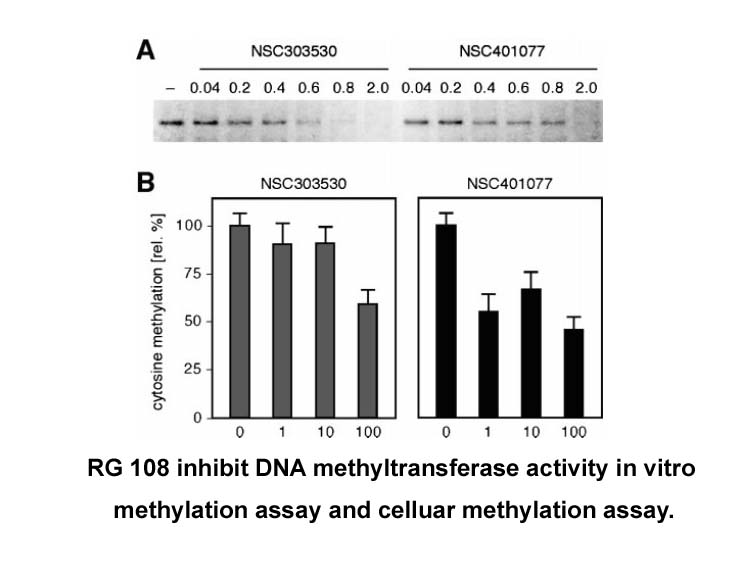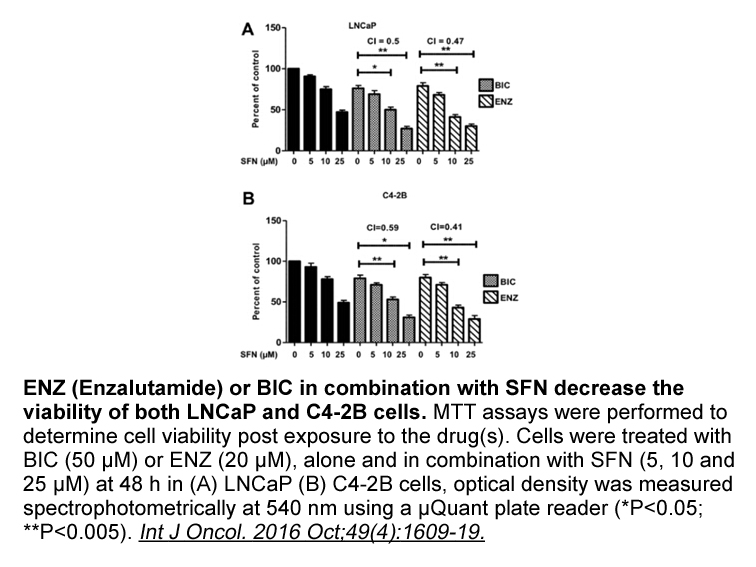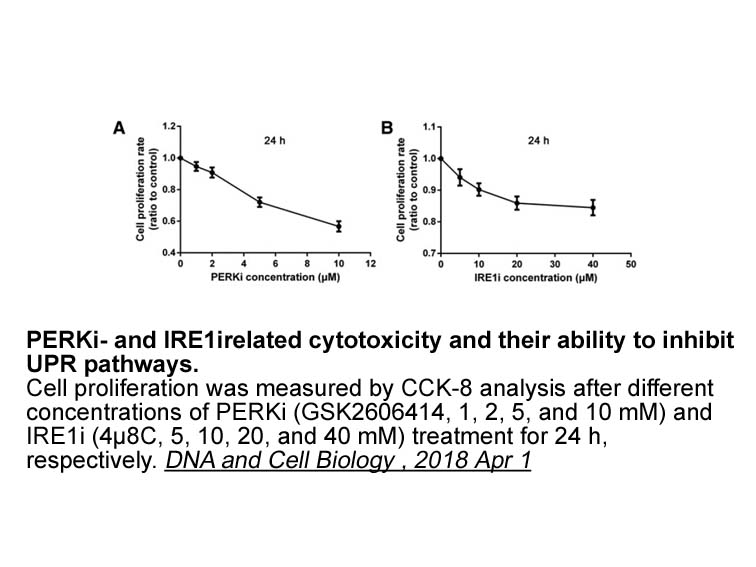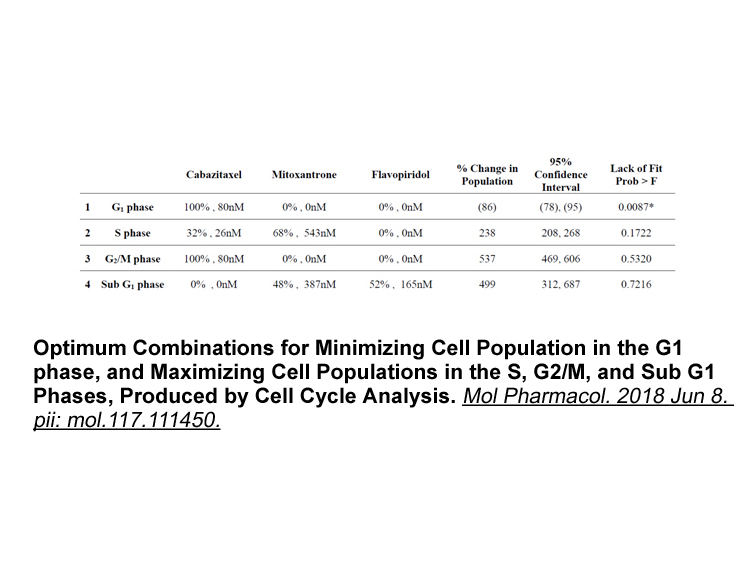Archives
- 2018-07
- 2018-10
- 2018-11
- 2019-04
- 2019-05
- 2019-06
- 2019-07
- 2019-08
- 2019-09
- 2019-10
- 2019-11
- 2019-12
- 2020-01
- 2020-02
- 2020-03
- 2020-04
- 2020-05
- 2020-06
- 2020-07
- 2020-08
- 2020-09
- 2020-10
- 2020-11
- 2020-12
- 2021-01
- 2021-02
- 2021-03
- 2021-04
- 2021-05
- 2021-06
- 2021-07
- 2021-08
- 2021-09
- 2021-10
- 2021-11
- 2021-12
- 2022-01
- 2022-02
- 2022-03
- 2022-04
- 2022-05
- 2022-06
- 2022-07
- 2022-08
- 2022-09
- 2022-10
- 2022-11
- 2022-12
- 2023-01
- 2023-02
- 2023-03
- 2023-04
- 2023-05
- 2023-06
- 2023-07
- 2023-08
- 2023-09
- 2023-10
- 2023-11
- 2023-12
- 2024-01
- 2024-02
- 2024-03
- 2024-04
- 2024-05
- 2024-06
- 2024-07
- 2024-08
- 2024-09
- 2024-10
- 2024-11
- 2024-12
- 2025-01
- 2025-02
- 2025-03
- 2025-04
- 2025-09
- 2025-10
-
Deferasirox and the Iron Paradox: Strategic Pathways for ...
2025-10-03
This thought-leadership article explores the mechanistic foundations and translational strategies for harnessing Deferasirox—a leading oral iron chelator—in oncology. We integrate emerging insights on ferroptosis resistance, the METTL16-SENP3-LTF axis, and iron metabolism, offering actionable guidance for researchers seeking to bridge bench and bedside in cancer therapy. By situating Deferasirox at the nexus of iron chelation and tumor biology, we chart a course for next-generation translational research that transcends conventional product overviews.
-
S63845 and the Future of Apoptosis Network Targeting: Mec...
2025-10-02
This thought-leadership article unpacks the mechanistic rationale and translational strategy behind selective MCL1 inhibition using S63845, a potent small molecule that redefines apoptosis modulation in cancer research. Integrating recent advances in combinatorial apoptosis targeting—including direct citation of breakthrough findings on caspase-8/c-FLIPL modulation—this piece offers nuanced guidance for translational scientists aiming to unlock synergistic anti-tumor strategies. We examine the competitive landscape, highlight experimental best practices, and provide a visionary outlook on the dual targeting of intrinsic and extrinsic cell death pathways, positioning S63845 as a catalyst for next-generation therapeutic discovery.
-
Pifithrin-α (PFTα): Unraveling p53 Inhibition for Neurode...
2025-10-01
Explore how Pifithrin-α (PFTα), a leading p53 inhibitor, enables advanced research in neurodevelopmental protection and ferroptosis modulation. This in-depth analysis uniquely highlights translational insights for apoptosis, cell cycle regulation, and environmental neurotoxicity.
-
Deferasirox: Oral Iron Chelator for Cancer and Iron Overl...
2025-09-30
Deferasirox uniquely bridges iron chelation therapy for iron overload with innovative cancer research, enabling precise modulation of iron metabolism and tumor growth. Its versatility as an oral iron chelator and antitumor agent targeting iron-driven pathways makes it indispensable for both mechanistic studies and translational models.
-
Paclitaxel (Taxol) in Cancer Research: Microtubule Dynami...
2025-09-29
Explore the advanced scientific roles of Paclitaxel (Taxol) as a microtubule polymer stabilizer in cancer research. This article uniquely unpacks its mechanistic depth, anti-angiogenic properties, and innovative intersections with mRNA-based neuropathy therapies.
-
Docetaxel in Oncology Research: Mechanisms, Models, and P...
2025-09-28
Explore the advanced role of Docetaxel as a microtubule stabilization agent in cancer chemotherapy research. This article uniquely examines Docetaxel's mechanism, cutting-edge gastric cancer models, and its impact on personalized therapeutic strategies.
-
Paclitaxel (Taxol): Next-Gen Cancer Research & Neurotoxic...
2025-09-27
Discover the advanced mechanisms of Paclitaxel (Taxol) as a microtubule polymer stabilizer in cancer research, with a special focus on novel approaches to neurotoxicity modeling and mRNA-based intervention. Explore unique scientific perspectives not found in standard reviews.
-
SM-164: Unlocking IAP Antagonism for Precision Cancer Res...
2025-09-26
Explore how SM-164, a cutting-edge bivalent Smac mimetic and IAP antagonist for cancer therapy, redefines apoptosis induction in tumor cells. This article uniquely integrates recent discoveries in apoptotic signaling, offering advanced insights for cancer research applications.
-
NHS-Biotin in Precision Protein Multimerization and Purif...
2025-09-25
Explore how NHS-Biotin, a leading amine-reactive biotinylation reagent, is revolutionizing intracellular protein multimerization and purification. This in-depth analysis reveals advanced strategies and addresses technical challenges, providing new solutions for complex biochemical research.
-
S63845: Precision MCL1 Inhibition to Decipher Apoptotic N...
2025-09-24
Discover how the selective MCL1 inhibitor S63845 empowers advanced hematological cancer research by enabling precise dissection of mitochondrial and combinatorial apoptotic pathways. This article uniquely explores S63845’s mechanistic selectivity, integration with extrinsic modulators, and its frontier role in apoptosis network mapping.
-
L1023 Anti-Cancer Compound Library: Accelerating Small Mo...
2025-09-23
The L1023 Anti-Cancer Compound Library provides a versatile platform for high-throughput screening of anti-cancer agents, enabling the identification of potent small molecule inhibitors in cancer research. This article examines how the L1023 library can be leveraged for discovering novel therapeutics, with a focus on translational applications in renal cell carcinoma.
-
We conducted the largest drug screen to date
2025-04-22

We conducted the largest drug screen to date in HPV-positive cancers and identified Aurora kinase inhibitors as effective and understudied drugs in HNSCC and CESC. These drugs cause apoptosis and cell cycle arrest in vitro and decrease tumor size in vivo. This is the first published study to demonst
-
Matthew et al synthesized and carried out SAR
2025-04-21

Matthew et al. synthesized and carried out SAR studies of imidazo-[1,2-a]-pyrazine as Aurora kinase inhibitors with enhanced kinase selectivity and found that Z-VAD-FMK 39 showed optimal potency on Aurora-A and Aurora-B with IC50 value of 4 nM and 13 nM while on phosphorylation histone H3 (pHH3), E
-
The acidification of endocytic compartments is closely relat
2025-04-21

The acidification of endocytic compartments is closely related to endocytic activity, although the mechanism linking acidification and membrane dynamics is largely unknown. In a recent RNA interference (RNAi)-based screen, V-ATPase depletion blocked the formation of clathrin-coated vesicles, an effe
-
Congruously our findings of voltage electrode clamping assay
2025-04-19

Congruously, our findings of voltage-electrode-clamping assays indicate that hipN851K mutation mediates partial loss of Na+/K+-ATPase pump currents, also confirming our thesis that hipN851K mutation acts as a hypomorph. As demonstrated here by our external electrical stimulation studies and ECG reco